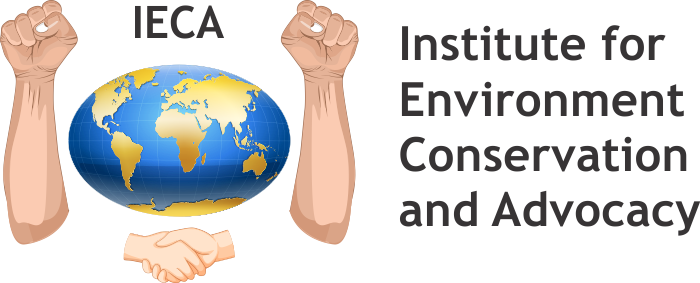Research, publications, and material development are critical components of environment education, helping to advance knowledge, disseminate information, and enhance teaching and learning experiences. Here's how to effectively engage in these activities in the field of environment education:
- Research Agenda: Develop a research agenda that identifies key research topics, questions, and methodologies relevant to environment education. Prioritize areas such as environmental literacy, pedagogical approaches, curriculum development, student learning outcomes, and community engagement.
- Collaborative Research: Collaborate with colleagues, researchers, and practitioners from diverse disciplines and institutions to conduct interdisciplinary research projects on environmental education. Foster partnerships with universities, research centers, NGOs, government agencies, and community organizations to leverage expertise and resources.
- Empirical Studies: Conduct empirical studies to investigate the effectiveness of different environment education strategies, interventions, and programs. Use quantitative and qualitative research methods to assess student knowledge, attitudes, behaviors, and academic achievement related to environmental topics.
- Action Research: Engage in action research projects that involve educators, students, and other stakeholders in collaborative inquiry and reflection on environmental education practices. Use action research to identify challenges, test innovations, and generate practical insights for improving teaching and learning.
- Literature Reviews: Conduct comprehensive literature reviews to synthesize existing research findings, theories, and best practices in environment education. Identify gaps in the literature and areas for further investigation or theoretical development.
- Publications: Disseminate research findings, insights, and innovations through academic publications, including peer-reviewed journals, books, book chapters, and conference proceedings. Contribute to scholarly discourse and knowledge exchange in the field of environment education.
- Educational Materials: Develop educational materials and resources for use in environment education programs, classrooms, and informal learning settings. Create lesson plans, teaching guides, worksheets, multimedia presentations, and online resources that engage students and facilitate learning about environmental topics.
- Curriculum Development: Contribute to the development and revision of environment education curricula at various levels, including K-12 schools, colleges, universities, and informal education programs. Design curriculum frameworks, learning objectives, and instructional materials that align with educational standards and promote environmental literacy.
- Training Workshops and Seminars: Organize training workshops, seminars, and professional development sessions for educators, practitioners, and policymakers involved in environment education. Provide opportunities for capacity-building, networking, and knowledge sharing to support continuous improvement in teaching and learning practices.
- Knowledge Translation and Outreach: Translate research findings and academic insights into accessible formats for broader dissemination to diverse audiences, including educators, policymakers, practitioners, students, and the general public. Use multimedia platforms, social media, websites, and public events to raise awareness and promote evidence-based practices in environment education.
By engaging in research, publications, and material development, educators, researchers, and practitioners can contribute to the advancement of environment education, inform evidence-based practices, and inspire positive change towards sustainability and environmental stewardship.

 Call :
Call :